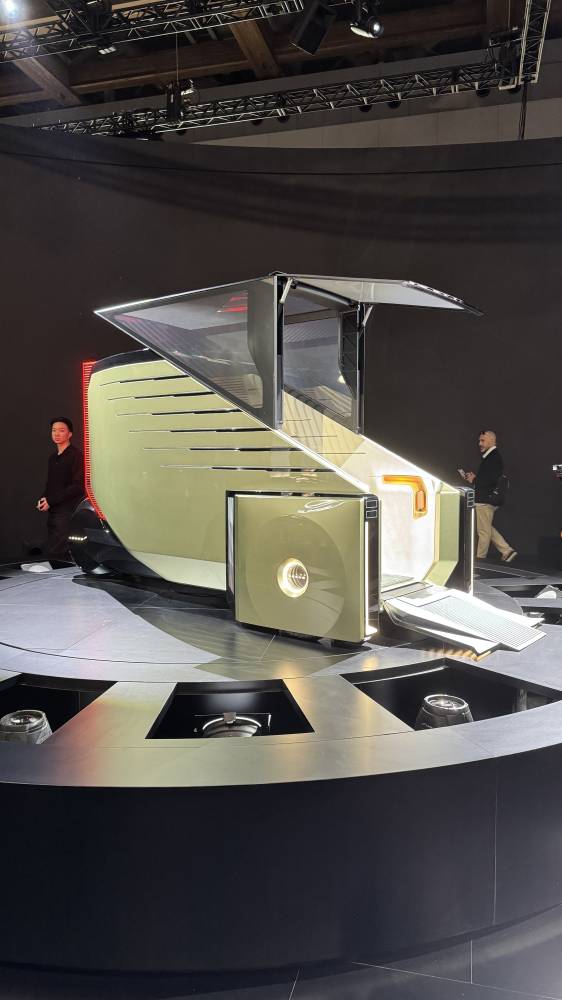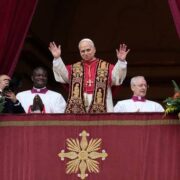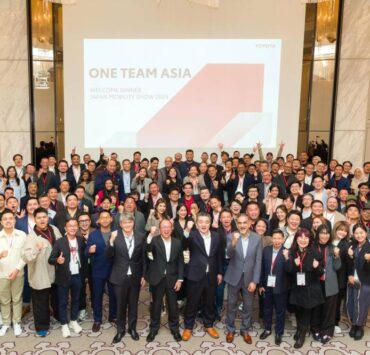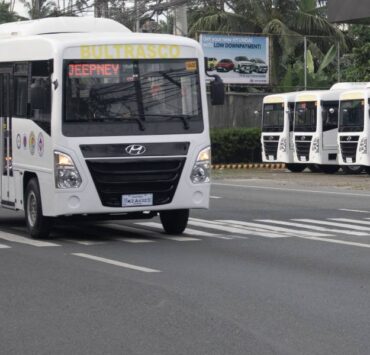Reminder of vision

It was kind of a nice reminder that we are in an industry and a world that still has and needs and grew up with vision and the ability to execute it. Or rather not just the ability but the desire and the drive to execute it.
We’ve been to so many motor shows lately, in particular in China, and while they can be impressive and overwhelming, with new products and new processes, it’s interesting what the Japan Mobility Show, and in particular the speech of Akio Toyoda, brought to us.
Vision.
The whole thing showed us not only that there is still vision, but that there always has been. The truth was we talked about the expansion of mobility with everyone, but it’s a discussion we’ve been having with the Toyota group for much, much longer. The things that we saw around this show with many brands, we’ve been discussing for years. When even some of the heavy proponents of all-electric talk to us in private, they often come back to us saying, “That Toyota hybrid system really is the most flexible and it really works.” This from the people with marching orders to sell you full electrics. Well, until they changed their minds. now they’re all more talking along the lines of the right product for the right reality. Which is what we’ve heard all along from…
So how is that vision now moving forward? And I have to say that with what we saw, with primarily Toyota and Lexus and Century, but also with others, was that it was kind of fun again, going to a car show. We had pre-release information on some of the vehicles, but not a clear explanation of what they were and why. And with a deeper knowledge coming over the next few days, it was that vision and that responsibility that became clear.

When we were told, for example, that we would be seeing a six-wheel Lexus, the first two thoughts that came to our mind were the American pickup truck duallys with extra wheels in the rear or the Tyrell race cars which maximize front grip of the tires. Then however when they explained that the vision behind the six-wheel LS, with two smaller wheels inline on each side at the rear, was about space, it made complete sense. And this all came from Akio Toyoda’s vision of making space better and making the experience better. So the positioning of those four rear wheels, and the size of those four rear wheels, means that there’s much more maximized space in that large van. And while everybody else is basically trying to follow into that space that was effectively created by things like HiAce’s and Alphards and LMs, Lexus just redefined the definition of luxury space. Which is kind of what they’ve done before anyway.
Then we had the one-seater LS, which was a vision of autonomous driving, but again, in an effort to create a particularly pleasant space for one person at a time. There were others, of course. The more sporty vehicles. And the drone/helicopter and the yacht. But the other thing that surprised us the most was Century, because we did not in any way expect the sensuously curved vehicles we saw, or a more traditional Century sedan getting a GR badge on it.
Then we had the three RAV4s, and the discussion that Toyota was going to give people options because they believed that’s what they needed. The best product for the best solution for the different locations and situations for every person. The flexibility of choice.
So when I was interviewed about what I thought was the standout vehicle for this show, my first answer was actually that one-person LS Micro of Lexus. But my real answer should have been the fact that we weren’t seeing just products.
We were seeing, thankfully and once again, vision.


















